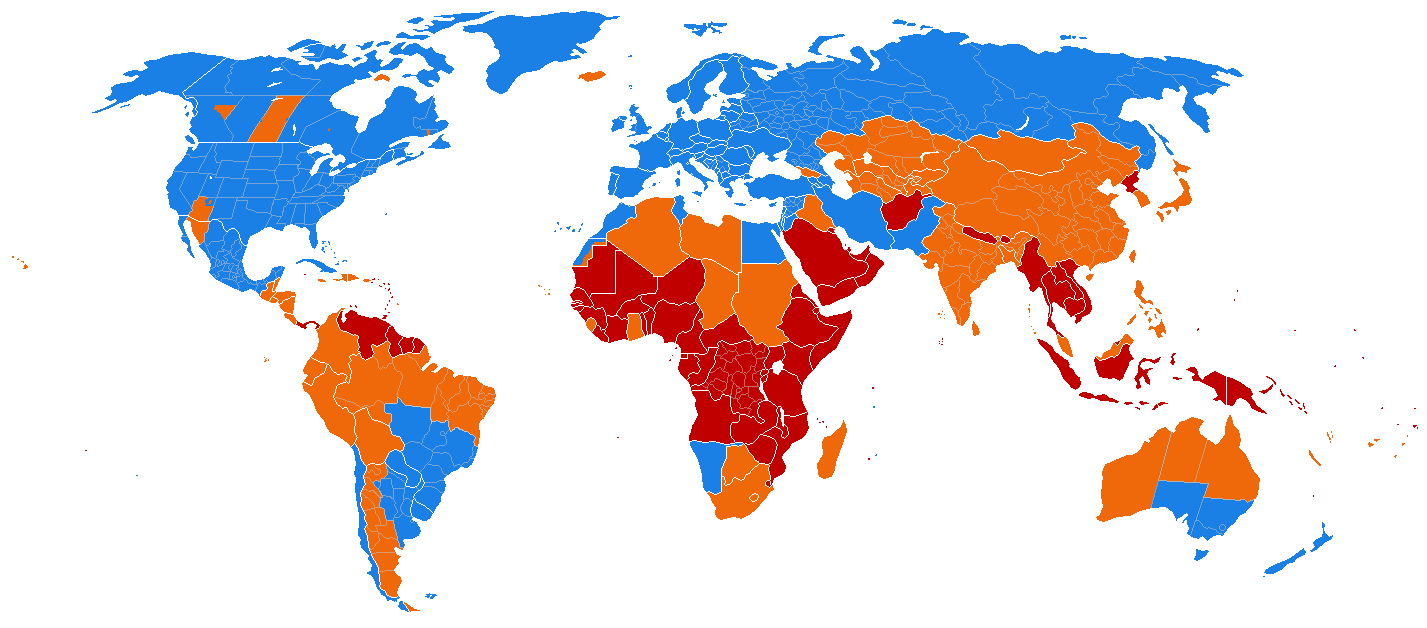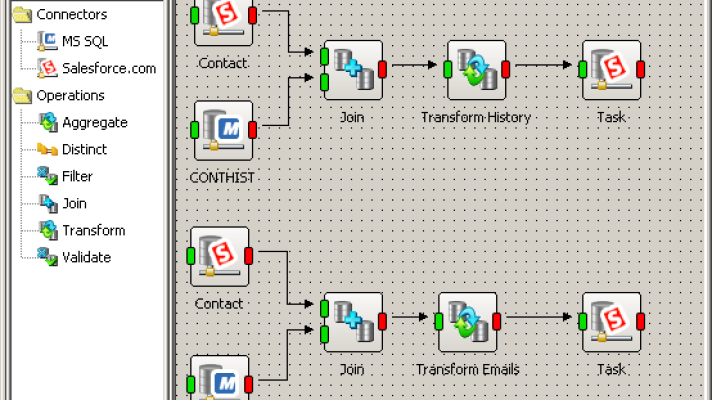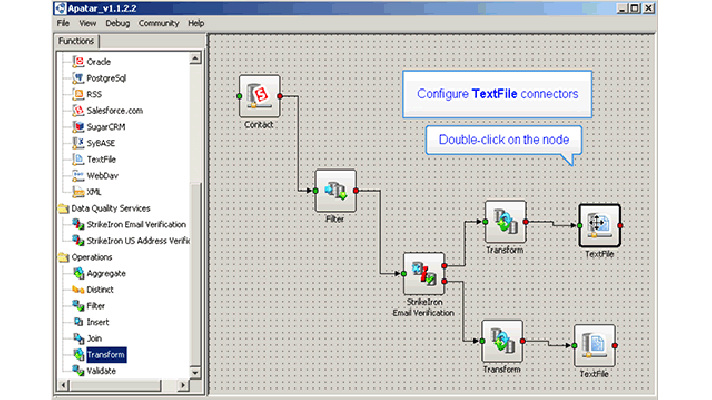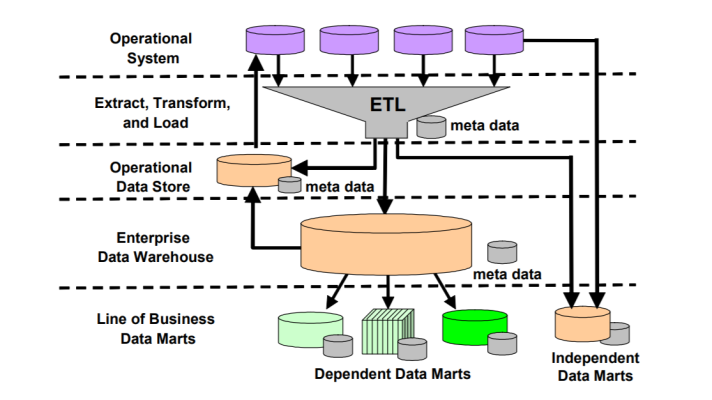Daylight Saving Time Can Harm BI and Data Integration?

Is it really “saving”?
Daylight Saving Time (DST) was introduced more than 100 years ago to reduce the usage of lightning, but discussions about whether it is beneficial or not are still in progress.
“Widespread confusion was created during the 1950s and 1960s when each U.S. locality could start and end Daylight Saving Time as it desired. One year, 23 different pairs of DST start and end dates were used in Iowa alone. For exactly five weeks each year, Boston, New York, and Philadelphia were not on the same time as Washington D.C., Cleveland, or Baltimore—but Chicago was. And, on one Ohio to West Virginia bus route, passengers had to change their watches seven times in 35 miles! The situation led to millions of dollars in costs to several industries, especially those involving transportation and communications. Extra railroad timetables alone cost the today’s equivalent of over $12 million per year.” (Source: WebExhibits)
Yes, DST is a problem, and yes it’s gonna become only more so over the years. We live in a world totally different from the one our ancestors lived in. We live in an extraordinarily connected environment, where the slightest time inconsistence may lead to irrecoverable errors and losses. That’s why speculations arise as to whether DST really is important and necessary of a thing.
 Time zones in Australia (image credit)
Time zones in Australia (image credit)
Some of the issues associated with DST
So, let’s see. With DST:
- SaaS vendors have problems with updating time if they run applications on multiple servers. I.e., there are problems with Google Calendar.
- We face issues with synchronizing data and scheduling integration jobs. The trouble lies in avoiding all the mismatches that might occur as a result of different countries switching to DST at different times and time zones changing “on the run.”
- Engineers struggle to tackle security-related issues and correlating log files.
- International business systems that function across multiple time zones face confusion.
- DST may waste more energy resources rather than can save, according to various studies.
- Time changes disrupt sleep patterns, cause harm to the health, and more. According to medical research reports, DTS increases death rates, suicide commitments, heartaches, etc.
- We miss appointments, having problems interpreting and meeting deadlines.
“Clock shifts and DST rule changes have a direct economic cost, since they entail extra work to support remote meetings, computer applications, and the like. For example, a 2007 North American rule change cost an estimated $500 million to $1 billion.” (Source: Wikipedia)
And so on and so forth. To some extent, it looks like the Y2K problem—though the end of the world didn’t come on January 1, 2000, and some of the spendings could have been avoided, billions of dollars were still required for replacing legacy computers that had the greatest risk of failure.
Globalization made us as interdependent as ever and our world as web-connected as never (and you can only wonder how much closer it will get). If the problems over DST might have been insignificant a decade or so back, they are far from being so today. Today, DST makes organizations stumble and business software fail, leading to the loss of our most precious resources—time and data…The question is, why are things like that still allowed to happen?
For more on the technical side of the problem, read this article from InfoWorld.
Further reading
- Top Data Integration Challenges: Meet DQ, CDI, EAI, DW, and BI
- Why Business Intelligence for Data Warehousing?
- The Dos and Don’ts of Data Integration








